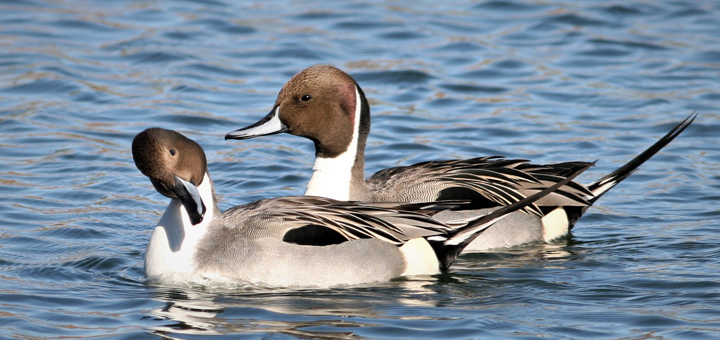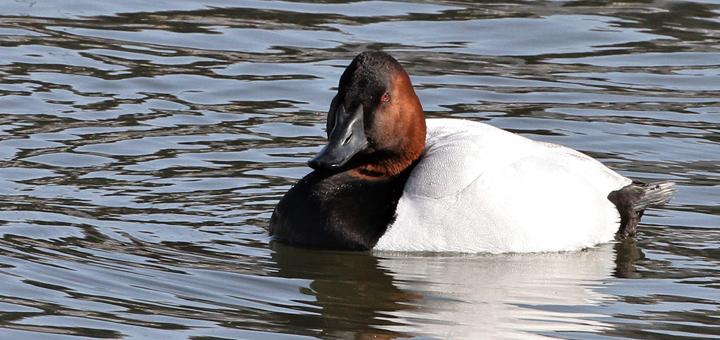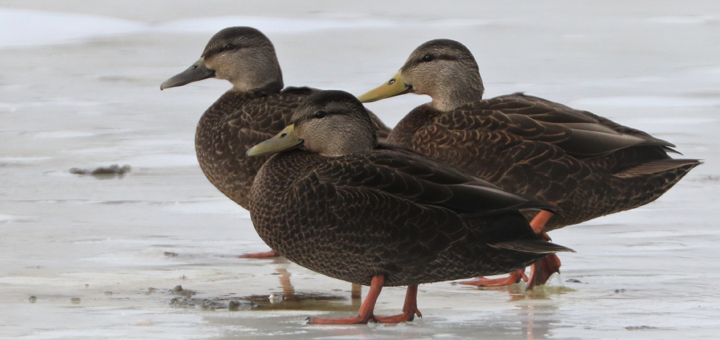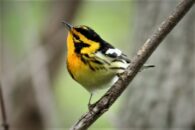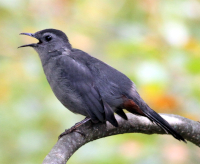Wood Duck
Photo by Matt Valencic
Wood Duck. Woodies are a tree duck, using a hollow cavity in a tree for their nest site, but will also use artificial nest boxes. Once the babies hatch the mother calls to them from the ground, and the babies jump out, sometimes fluttering...


